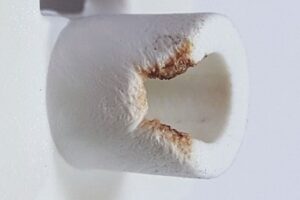In “Back to Basics on Mold Venting (Part 1),” the complexity of mold venting and its crucial role in both part quality and mold longevity are underscored. As emphasized, understanding the dynamics inside the mold is fundamental to making informed decisions about vent placement, size, and depth. The article explains that while vents must release air during injection molding, they must prevent plastic from escaping, akin to the function of a garden hose spigot.
Flow rate emerges as a pivotal factor dictating venting needs. Plastic injection rates, determined by barrel size and injection velocity, directly influence the requisite venting capacity. Experts suggest that while there’s consensus on the necessity for ample vents, determining the precise number and dimensions remains a nuanced endeavor.
The intricacies become apparent when considering scenarios like rapid injection speeds. For instance, a 3-inch-diameter screw injecting at 4 in./sec would necessitate meticulous vent design to accommodate the high flow rate effectively. The balance between plastic flow and air evacuation is critical, particularly in scenarios involving thin-walled parts or fast fill speeds, where inadequate venting can lead to backpressure and quality issues.
To delve deeper into Custom Engineered Wheels’ capabilities and solutions, click here.
Photo and article with all rights reserved, courtesy of ptonline.com

